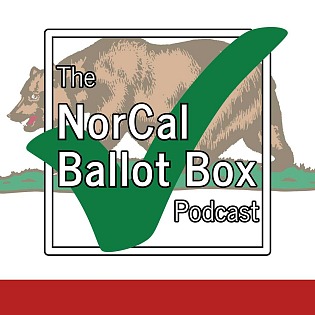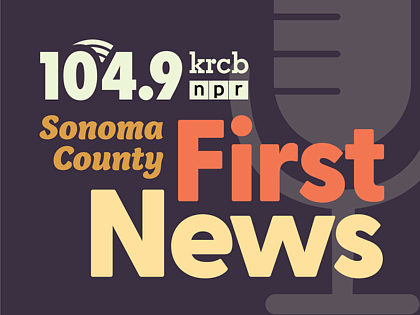By the end of 2020 more than 4 million students could miss out on over 9.5 million hours of science and environmental education in California. That’s according to a new policy brief from the The Lawrence Hall of Science (LHS) affiliated with UC Berkeley.
“We heard these devastating stories that confirmed the original anecdotes that we had been hearing,” said Craig Strang, LHS associate director. “There's a huge portion of the field that's at risk of closing and not reopening unless we can figure out a way to prevent that from happening.”
The group sent out a survey to environmental and science-based organizations and received about 1,000 responses — 228 are from California. Nationally the authors estimate that 11 million kids will miss out on outdoor education and science programs. About 60% of them are from low-income or communities of color.
Nationally, organizations estimate they'll lose $600 million in revenue, with 65% of organizations saying they may have to close for good.
“This is happening at a time when public health leaders are promoting the value of outdoor learning as safe, engaging, effective and essential,” said Rena Dorph, director of the LHS. “The outdoors is a resource for learning, engagement and health, and it should be available to all.”
For organizations in California this means an estimated $225 million in lost revenue and forced layoffs or furloughs of around 5,000 staff by the end of the year, the authors say, and each group could lose nearly a million dollars.
Strang says only about 27% of the organizations that responded in California felt like they will be able to reopen at the end of 2020 if social distancing continues.
“We're looking at potentially three quarters of all of the programs that provide these services not being able to reopen,” said Strang. “When we saw the results of the survey we were shocked, but not surprised.”
He says many of the programs run on shoestring budgets, can't charge as much as the programs cost to run, and are constantly fundraising to fill in the gaps.
The authors suggest ways to mitigate potential losses like having schools switch to part-time outdoor education. That would allow existing outdoor educators to work in schools, which could increase capacity for kids to learn outdoors as districts figure out hybrid learning situations because of the threat of COVID-19.
Strang suggests marginalized communities should get the highest focus because they are disproportionately impacted by the pandemic.
About 60% of the youth served by Sierra Nevada Journeys, an outdoor science education nonprofit in Sacramento and Reno, are youth of color. Eaton Dunkelberger, the group’s CEO, says elementary schools usually populate the operations programs, which closed in March.
“It looks like we’ll be closed for the summer as well,” he said. “We're very hopeful we can start in the fall, although we're really skeptical that we will be able work with schools.”
His group did transition to virtual programs this spring serving 15,000 students. Strang says Sierra Nevada Journeys will survive, but he had to let go of the majority of his staff.
“We've reduced our staff by 75% to get through this, so we're really working with a skeleton crew, but we will be one of the outdoor schools that will still be here to serve the community at the end of this,” he said.
When students can return, Strang says, there will be limited capacity because of social distancing. He’s eliminated some programs where it’s hard to keep a six foot distance and says schools restricting budgets may not have the funds to bus kids to programs.
“All those activities are really at risk this fall and spring, not only because of actual danger to kids, but because of a restructure of the budget for public schools,” he said. “That's something that's frightening to us.”

 Live Radio
Live Radio




